Finding the right plot on which to fulfil your self building aspirations requires careful thought, preparation and a certain amount of vision.
The site needs to be suitable for your intended house and vice versa. Given the uncertainties of the planning process, you’re also going to need a clear understanding of your design priorities, as compromises may need to be made.
So, let’s have a look at the key planning areas you need to think about to ensure the land you buy is right to build a house.
Building plots & planning considerations
The most suitable plot is the one that’s going to enable you to build the house you want. That sounds simple enough, but you’ll need to be certain that you can get the planning permission you require on it.
You might be lucky enough to find a site with consent for your ideal property already
in place, but in practice that’s pretty unlikely.
Finding a plot to build your home
Pinning down your budget and area of search, plus the size and type of house you’d like to construct, are essential first steps. Do also think carefully about your priorities and what areas of your project you are happy to be flexible about.
Having too rigid an idea of the precise size, shape and design of your future home is likely to prove restrictive when it comes to finding a plot to suit that vision.
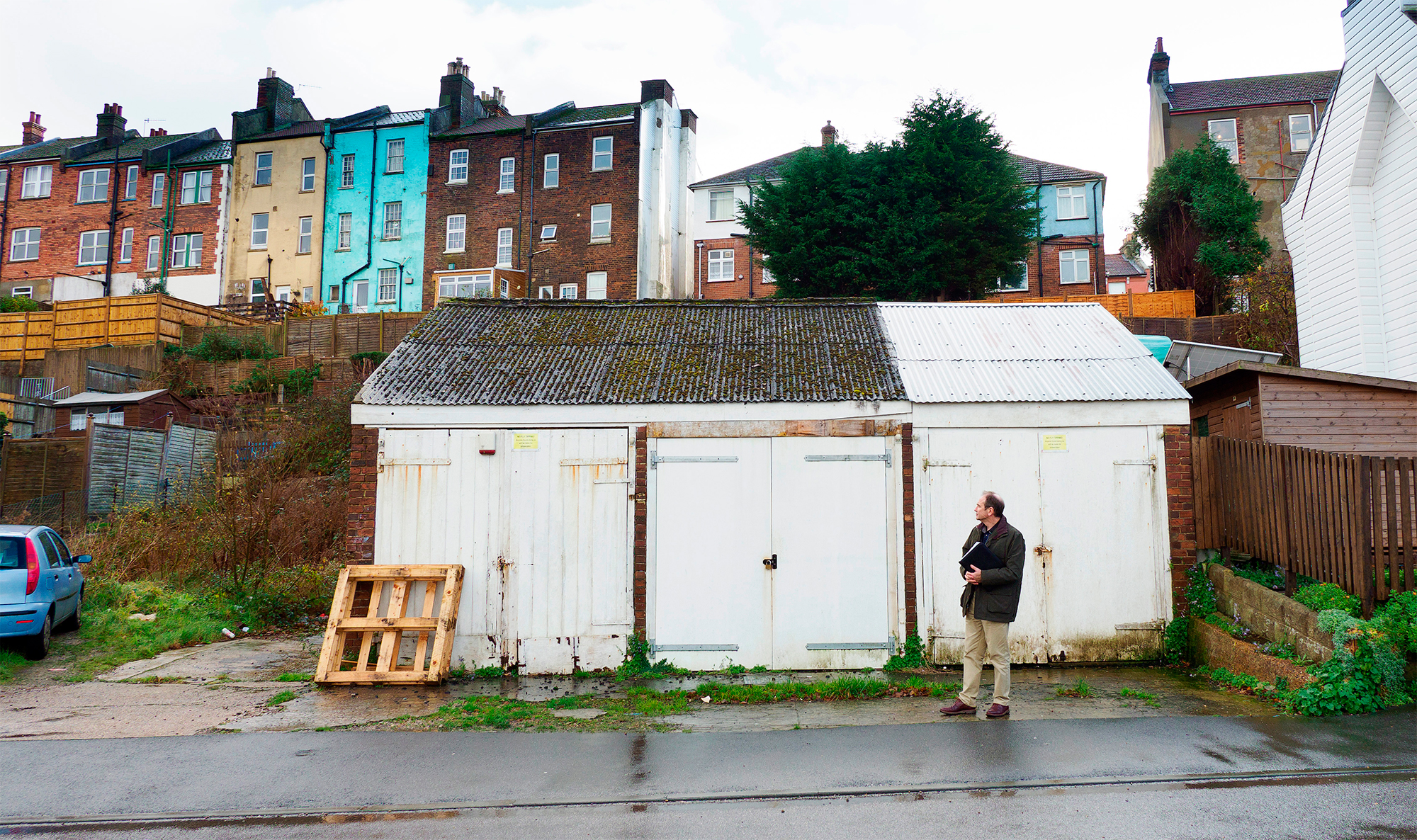
This plot was on sale with outline planning permission in place to demolish the three garages and build a detached house… Read in full: Land Appraisal of Infill Site with Outline Planning Permission |
You don’t need a detailed understanding of the planning system in order to source your self build site, but it helps to have a grasp of the basics – and there are two broad areas that are definitely worth knowing about.
Planning restrictions
The first is planning designations, which are things like conservation areas, areas of outstanding natural beauty (AONB), national parks and green belt. In these zones you’re likely to encounter more restrictive policies than elsewhere.
You can find out about these designations in the planning policy section of your council’s website, where they should be shown on maps attached to the Local Plan.
These should also highlight the built-up zones where construction is allowed, and the areas designated as countryside, where it is much more restricted.
The second area worth understanding is what planners call site specific issues.
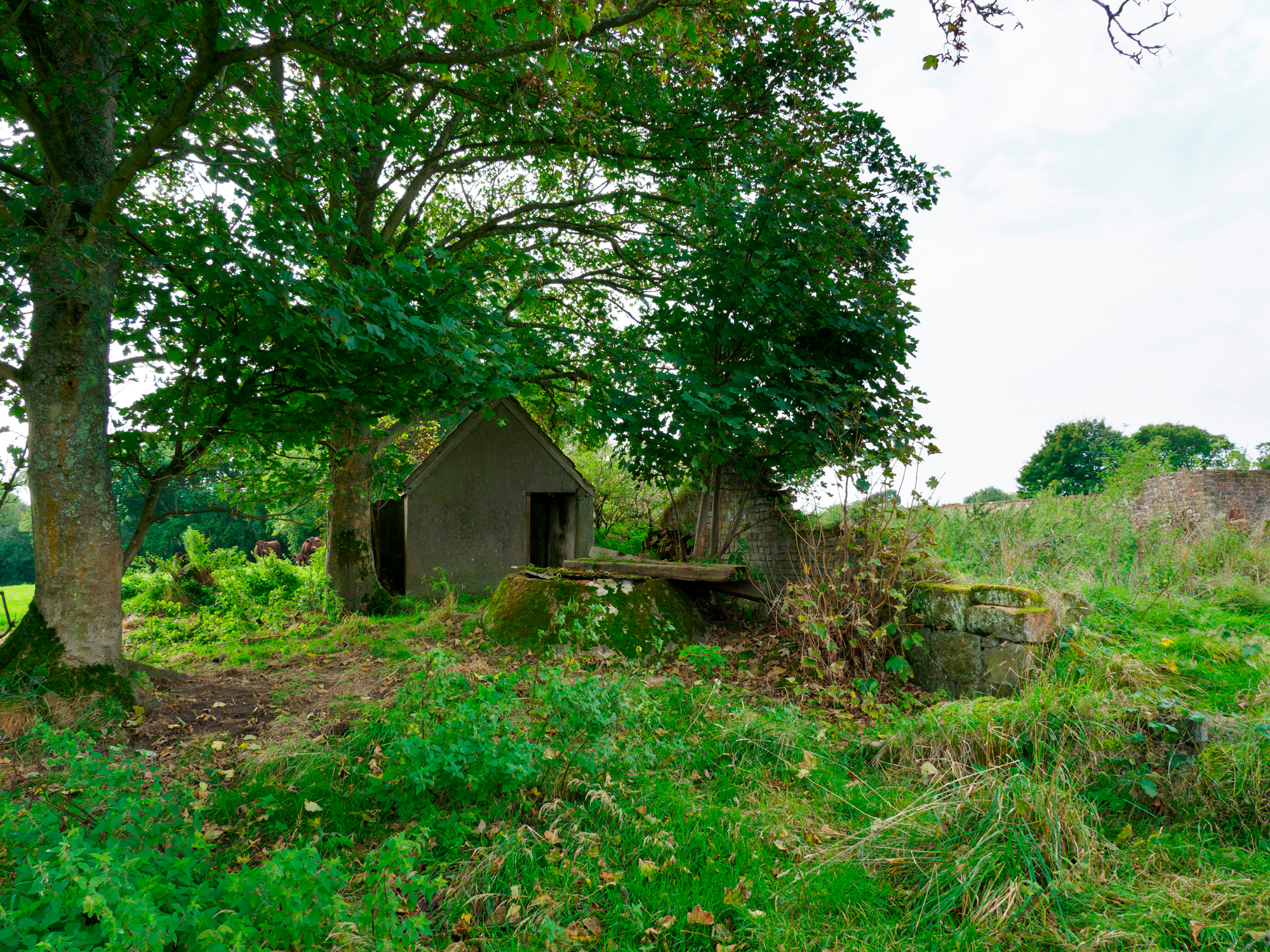
Was this ruined farmyard, complete with what looks like a very small former cottage, suitable for a self build project? Read in full: Land Appraisal of Splendid Location in Rural Kent |
These concern things like the relationship with neighbouring properties, the pattern and styles of houses nearby, whether the plot has a safe access route, attractive trees on it, ecological constraints or is affected by flood risk. These considerations are likely to be included in the detailed policies of the Local Plan.
Planning decisions are supposed to be made primarily with reference to the Local Plan (see the box, right, for more on how verdicts are reached). So it pays to read your council’s housing and design policies to see what they say.
Plots with planning permission
If you find the ideal plot, but it’s got detailed consent for a house that you aren’t keen on, then don’t despair.
You can change the existing approval by either amending it or making a new application.
If you go down this route then it’s important to look carefully at the permission details online to see what was said about the application.
For instance, were there any earlier schemes that were rejected? Was pre-application advice sought, and, if so, what did it say? Check out the officer’s report and the conditions on the permission document for anything that might prevent you from building your ideal house.
Many plots are sold with the benefit of outline planning consent. As with the above, it’s always worth looking carefully at the application details to check out any plans or illustrative drawings that might have been submitted, as well as the officer’s report.
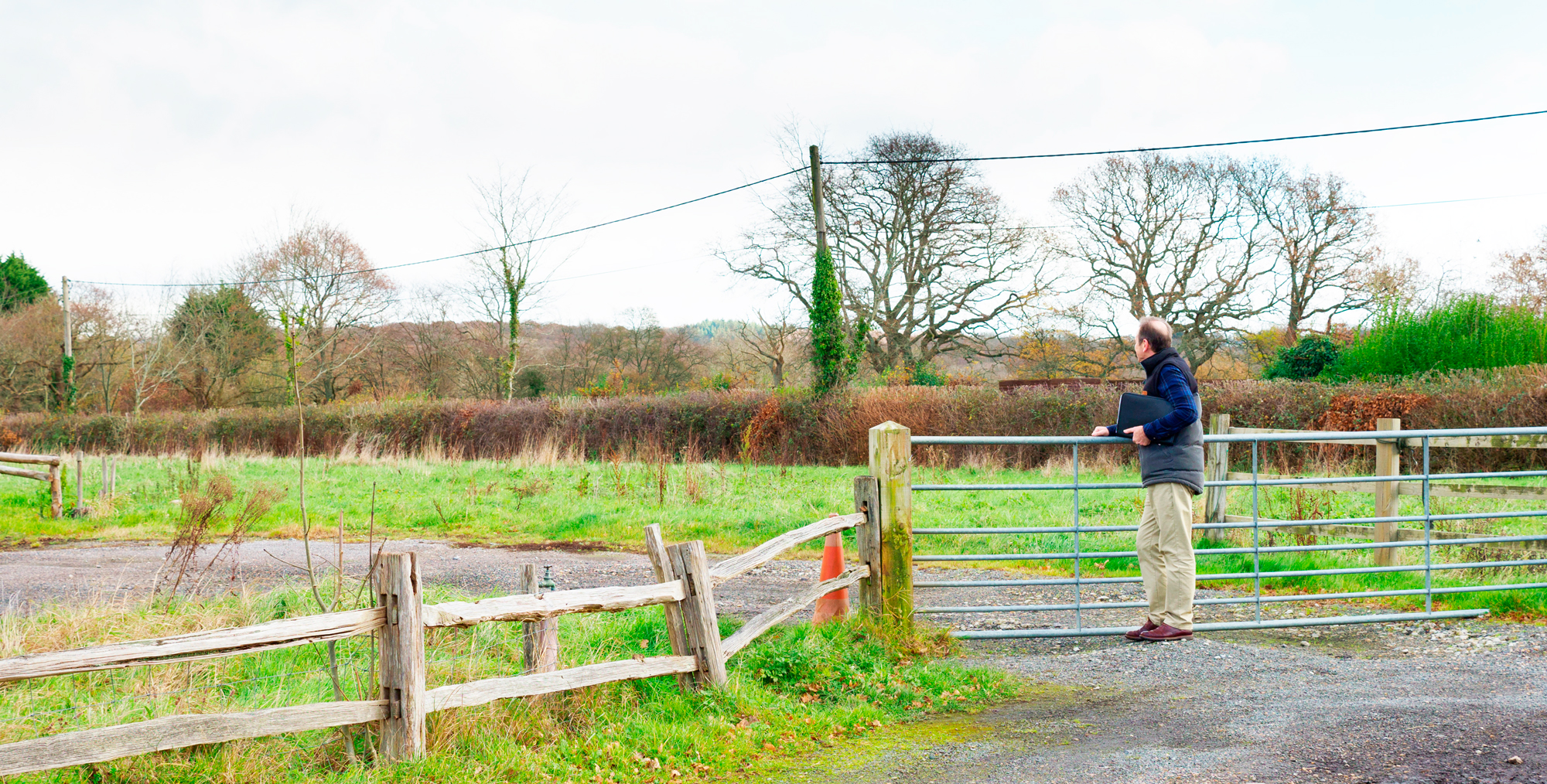
This site consisted of two plots for sale, but only one permission in place for two big family houses. Splitting the site could cause complications for self building… Read in full: Land Appraisal of Two Plots with Planning Permission |
This latter element might give clues as to the sort of house the council thinks would be acceptable. Check over the conditions attached to the permission, too, because they might restrict house position, height, storey number and so on.
Planning in principle is a new kind of permission that you might come across – think of it as even more outline than outline.
You’re most likely to encounter this on larger, multiple plot sites. Just as with outline permission, look at the application to see if any ideas regarding individual site layouts and house designs have been considered.
Plots without planning permission
In the self build industry, the word ‘plot’ is actually just an abbreviation of ‘building plot’. So basically, if land doesn’t have planning permission in place then it’s not a building plot, although it might have the potential to become one.
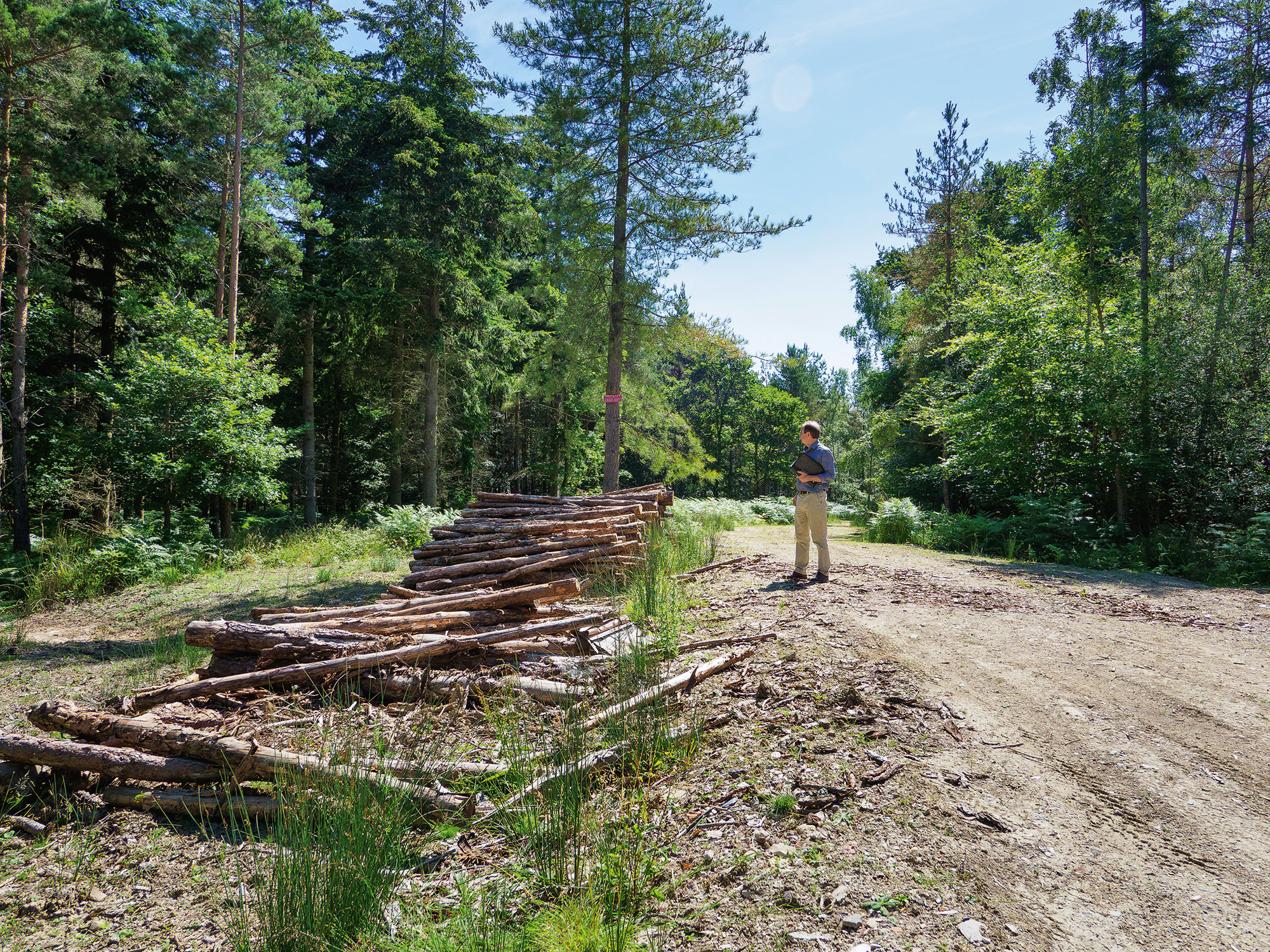
This picturesque patch of land in West Sussex was on sale at the incredibly low price of £15,000. However, it didn’t have any permission to build in place and the chances of obtaining planning looked slim. This would most likely be a risky purchase. Read in full: Land Appraisal of Woodland without Planning Permission |
Most cheap, small sites being sold for tempting sums like £15,000-£25,000 aren’t and are never likely to become viable plots, so don’t waste your time and money on them.
Even if the land has genuine potential, avoid completing your purchase until you have formal consent to build.
Making planning applications
The new National Planning Policy Framework (NPPF) sets out government policy for England, which individual Local Plans and planning decisions are supposed to follow.
Read more: Making a Successful Planning Application
Since it only came out in late July 2018, most councils’ policies are not in step with it yet.
It places considerable emphasis on making the best use of available land for housing, including building at higher densities.
This is handy if you’re looking to maximise the use of a small site, as many are, but not so helpful if you wanted to build a single dwelling on a very large plot that could accommodate two or three properties.
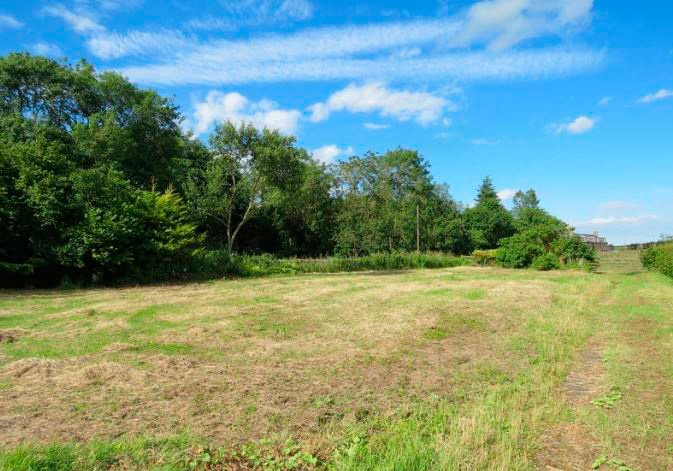
If you are looking for land to build a house, there are an array of companies offering services to help you realise your self build dream. You can find more information by browsing our Custom Build & Land Finding Companies Directory. |
To maximise the size of house you can get on a site, it can pay to approach it in a series of steps. It can be difficult for a council to resist small, incremental increases to a permitted design.
Permitted development & self build
Alternatively, you could plan to build your house, and then extend it. It’s common for councils
to impose a condition on planning permission for a new house that removes any permitted development rights to extend later on.
But this doesn’t always happen and permissions granted at appeal are less likely to have such a condition – go down this route, however, and you’ll have to finish your build, move in, and then use your permitted development rights.
That said, the fact you could do this can be used to persuade the council to grant you a larger property in the first place, which means that you can undertake all the building work in one hit.
Finally, if you’re not sure about the potential of a plot, take guidance from a planning professional or seek pre-application advice from the council. Neither can give you absolute certainty about what you might achieve, but they will be able to give you a steer as to potential and risks.
The post Buying Land to Build a House appeared first on Build It.
Article reference Buying Land to Build a House
No comments:
Post a Comment